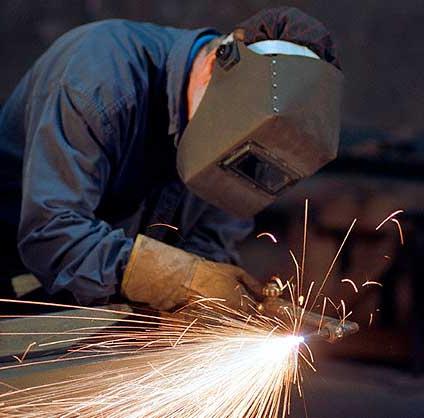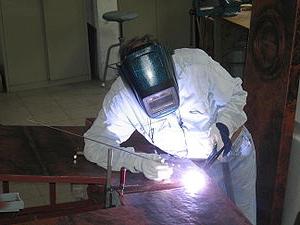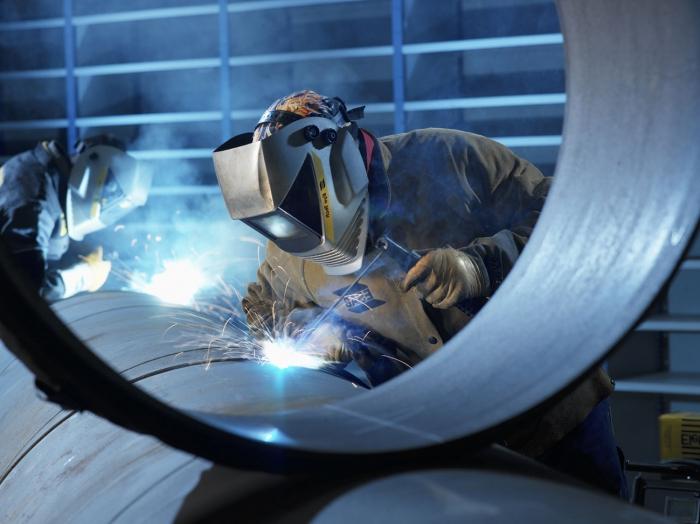Cold welding in everyday life
With prolonged use of certainmaterials is their natural aging, caused by the impact on them of the environment. To prevent this process is almost impossible, but it is always necessary to fight against such aging. For example, if a pipe of water supply or sewerage caused a slight leakage as a result of wear, it is not necessary to change the entire site to a new one. You can just use the improvised means of sealing and connection. Cold welding in this situation is suitable as well as possible, even in those cases when the leak can be quite significant. But before using this material, you need to know more about its structure and scope.
So, cold welding consists of severalcomponents. Variants can be mass, as each producer of this material seeks to stand out amongst some of its competitors. But most often in the basis of cold welding a composite material with high adhesion and excellent fastening properties is laid. It is an epoxy resin which, after solidification during the reaction with the hardener, effectively binds the materials to be processed. Also, the welding composition includes reinforcing additives to fix the position of the surfaces to be joined and plasticizers, since the epoxy resin itself is fragile and may not withstand certain loads.
In addition, even in its composition may be differentadditives for special conditions of use, for example, under water or at elevated temperatures. Now let's look at a specific example using this type of welding. Let's return to our pipe, which gave a slight leak. Cold welding is sold in small pieces in the form of pencils with a case - this is the most common packaging material, but there may be other modifications. We take out this pencil, break off exactly the amount of material that is necessary to seal the gap in the pipe. Further, we knead it in hands until a homogeneous mass with the same color scale is formed. The remains of the pencil are put back into the case until the next time.
If you have stretched a certain piece of the mixture in your hands,then it will need to be used, since after a while it will harden. So, we glue the gaps with a homogeneous mass in such a way as to cover the entire flow area. Of course, water should not flow during this process, so it must be blocked in advance. Then wait a few minutes (usually 10-15 minutes at room temperature) - and you can serve water. If everything is done correctly, cold welding of metals will provide a reliable and lasting connection, and your leakage should be eliminated. If the leak remains, then we repeat the whole process first, only now it is necessary to seal up those places where traces of moisture will be visible.
From the above described process can be donethe conclusion that cold welding has found an active application in everyday life and in production (because small leaks are not only in the apartment). Of course, to apply this method of welding on an industrial scale is inexpedient, because it is not electric arc, dot or pulse welding and non-friction welding. This is just an opportunity to quickly and relatively qualitatively make minor repairs, which will not hit you on your pocket because of the cheapness of this material. Naturally, if the water lashes out of all the cracks, you need to take more serious measures. By the way, this method was actively used by motorists, who on the way damaged the radiator or thawed the engine. With the help of this type of welding, you can quickly and easily repair the gap to reach the service station.








